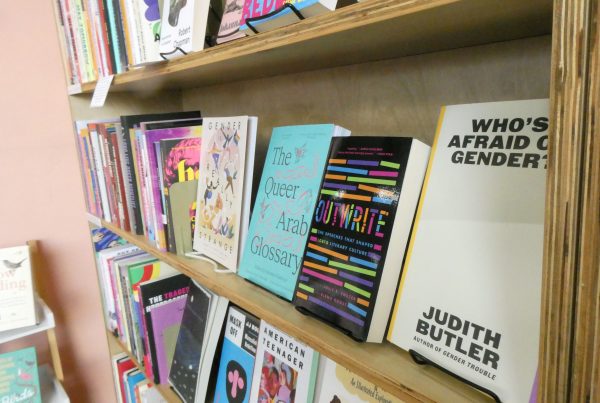Social media continues to grow and shift every single day. With the overwhelming amount of information that everybody is able to access, a deep and dark labyrinth of confusion has been built. The most complex part of this tangled maze is that, to many, they have forgotten they are in a maze with no escape.
When we think about analytics in the social media world today, many are fast to use statistics to certify and reassure their opinion on artistic work. Whether it is positive or negative, the factor of having a one-sided echo chamber has impacted people in a deeper way than most are willing to think about.
Echo chambers are frequently mentioned when talking about social media algorithms being created around your opinions on politics and other societal issues. Today, I wanted to talk about how echo chambers impact artists and why your opinion on what you’d consider “one of the worst songs or movies ever made” may not be accurate to the world outside the labyrinth.
When you think about a piece of art that you’d consider significantly awful, you’d justify your opinion by claiming that the people around you also dislike it. Perhaps you’d refer to the numbers, but what the numbers say is easy to misinterpret.
There’s a desensitization to numbers in society today. For example, if an A-List artist gets 10 million streams on a song after a year, a lot of people on social media would consider that a failed song. When looking deeper at the number however, 10 million streams is an incredibly high number. The message you send when claiming that 10 million streams is a failure tells the smaller artists that their numbers of 10,000 streams is even worse.
This concept is a cognitive bias. The idea that 10 million streams is a failure is incredibly strange if you consider what 10 million people actually look like. Sure, a song may be majorly disliked in consensus but, is it really a failure if it got 10 million streams and earned the artist thousands of dollars?
From the outside of this labyrinth, in the world around, a lot of people aren’t influenced or feel the need to express their dislike toward an artist’s project online. They enjoy the art in peace and in a way that fulfills what their need is. However, people who dislike a project are likely to speak out about it, which then will result in an imbalance of opinion. There are likely more people who enjoy this project than dislike it, but the amount of people who dislike it are so loud that when somebody does genuinely enjoy the project, they are met with confusion and invalidity.
These are the vocal minorities and the silent majorities. If a project was as horrible and disappointing as the vocal minorities claim, there wouldn’t be millions of people attending to it.
It is also true that the “Streisand Effect” will come into place in times like these. The “Streisand Effect” refers to the idea that the vocal minority is the reason that more people will access the art and thus make the art more widely consumed.
It is worth considering that once the “Streisand Effect” falls into place, the art can’t really be considered a failure. If something is talked about widely, provides money to the creatives involved and also has a boost in their analytical numbers, is it truly the failure that the vocal minority created it to be? At this point, the “Streisand Effect” will just cause more silent majorities to access the art and enjoy it silently. These all contribute to the labyrinth maze that is in social media’s deepest tangles.
When people go online and throw hatred toward art, they also fall victim to reductionism. Reductionism comes into play when people insult a piece of art without considering the dozens or even hundreds of creative people who worked hard and sacrificed their time to create the piece of work that is being negatively discussed. People who are not involved in the production process of media are even more likely to disregard and fall victim to this reductionism and oversimplification because they don’t understand how complicated the art making process truly is.
When creating art, it is impossible to know how the audience will perceive it. People have to give their vulnerability and hardest work and hope it attaches how it is intended. When it doesn’t, the hatred and reductionism is incredibly uninspiring and can lead to emotional effects on the people who have put so much work and effort into a project. They have to watch as it’s scaled down to quick messages that can be sent online about statistical numbers that are actually bigger than presented.
While there is no direct way to fully end this analytical phenomenon, you can help contribute by understanding the messages you are sending, grounding yourself in perspectives of what the general public thinks outside of the echo chamber and also consider whether you reduce numbers or the dozens of behind-the-scenes creative of their value and hard work because of your opinion. The trap of “the higher the number, the less important the number is” can be very deep and lead to a decrease in your understanding of reality.
Opinions expressed in The Nevada Sagebrush are solely those of the author and do not necessarily express the views of The Sagebrush or its staff. Gabriel Kanae is a student at the University of Nevada studying journalism. They can be reached at gkanae@sagebrush.unr.edu and on Twitter @NevadaSagebrush.








